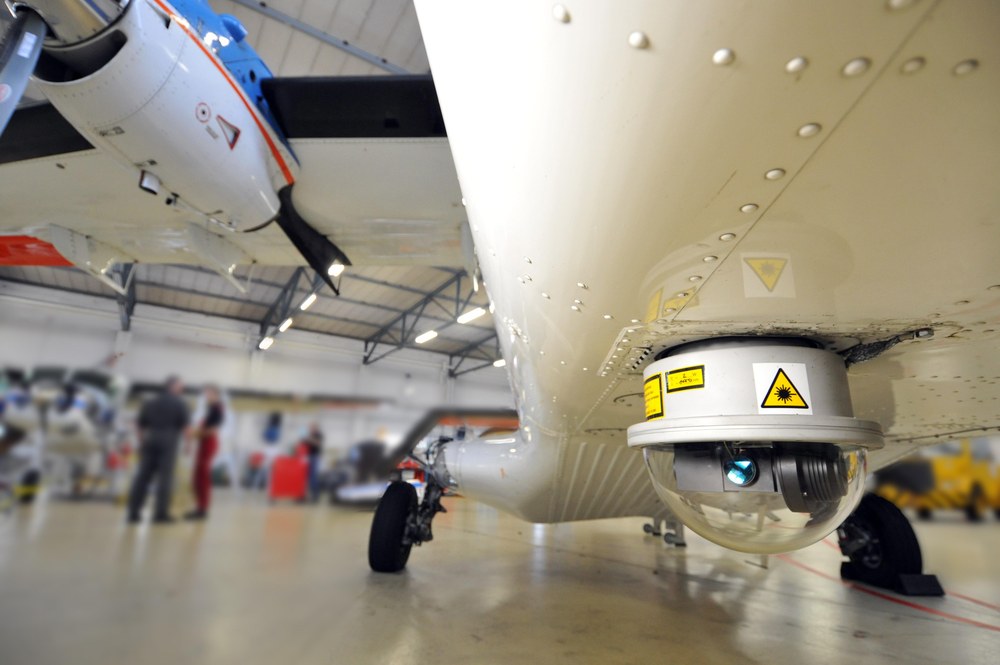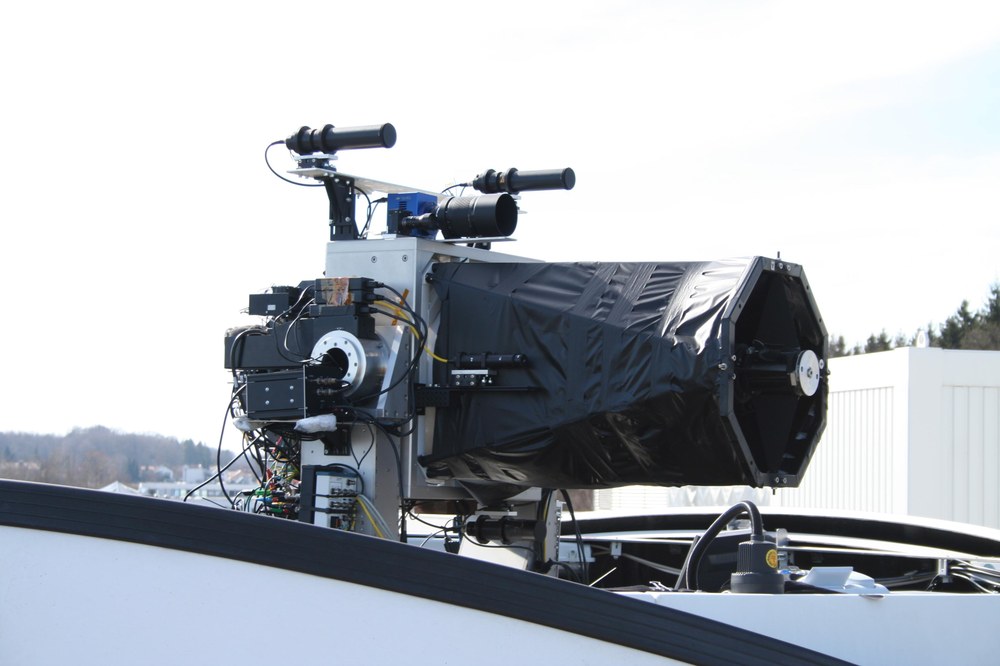Erwin Schrödinger Prize 2015: Quantum cryptography takes off



The fast, efficient and secure exchange of information worldwide is essential in today's world, but perfect eavesdropping security has so far been more of a pipe dream than a reality, as even the most sophisticated encryption can be cracked with sufficient computing time. A team of scientists from the German Aerospace Center (DLR) and LMU München (LMU) have succeeded in bringing the dream of eavesdropping security a step closer: They were able to establish a connection using quantum cryptography with a flying platform for the first time. The latest research into quantum cryptographic systems and aeronautical communication technology formed the basis for a unique experiment, for which the team has now been awarded the Erwin Schrödinger Prize. The prize is awarded every year alternately by the Helmholtz Association of German Research Centers and the Stifterverband für die Deutsche Wissenschaft. This success was made possible by the mutual expertise and close cooperation of LMU with its experts in quantum cryptography and DLR with its specialists in the field of optical free-space communication.
Quantum key - Absolutely tap-proof
Secret keys are the basis for every cryptographic procedure. An unnoticed intercepted key is the worst incident in a data transmission that is considered secure. By exploiting quantum mechanical laws, quantum key distribution offers the possibility of verifiably secure provision of secret keys. "A possible interception would disturb the behavior of the quantum particles used and would therefore be noticed immediately," explains LMU Professor Harald Weinfurter. As early as 1984, Ch. Bennet and G. Brassard proposed a method in which the polarization of photons (light quanta) is exploited. It is important that the transmitted light pulses only contain individual photons, which means that the transmitted signal is extremely weak. The process has already been successfully demonstrated in optical fiber and via fixed free-beam connections. Proof of functionality with moving partners has yet to be provided. "Our experiment shows for the first time that quantum data can also be transmitted from a fast-moving object," says Weinfurter.
An experiment for the vision
"The vision behind our experiment is global, secure communication with high data rates, and the tap-proof exchange of the key between the satellite and the ground station is essential for this," explains Florian Moll, who led the project at DLR.
The flight carrier for the experiments was the DLR research aircraft Do 228-212 and a special laser terminal, which the researchers had recently used successfully for the first time for optical air-ground communication in the DLR project VABENE ++. A quantum transmitter developed by LMU was integrated into this laser terminal, whereby extreme care was taken to ensure polarization integrity. This flying transmitter station transmitted the polarization states of the individual light quanta to a stationary receiver station, which captured them with a telescope. The integrated quantum receiver was able to determine the polarization state of the individual photons.
The interdisciplinary team not only mastered the development and implementation of the algorithm for the quantum key exchange at the transmitter and receiver: "Because we could not simply increase the signal strength of the laser beam without jeopardizing the tap-proof connection, the alignment of the transmitter and receiver had to be extremely precise, accurate to a thousandth of a degree - which is of course a major challenge for optomechanics," explains DLR engineer Florian Moll from the Institute of Communications and Navigation. "An ingenious system of movable mirrors and lenses ensured that the few light quanta reached the photodetector precisely."
This air-to-ground experiment is a milestone in the realization of quantum cryptographic systems. In the future, the prizewinners hope to be able to transfer the results to satellites and thus enable the global exchange of secure keys.
The Erwin Schrödinger Award
The Erwin Schrödinger Prize is awarded by the Stifterverband and the Helmholtz-Gemeinschaft in recognition of scientifically or technically innovative research that has been achieved through interdisciplinary collaboration. Schrödinger, who gave the prize its name, is one of the founders of quantum theory and worked intensively on the quantum mechanical measurement process. His thought experiment "Schrödinger's Cat" became well known far beyond the world of science. The coherent superposition of quantum states plays a central role in it. This same property is also the basis for the secure key generation in the prizewinners' experiment.
